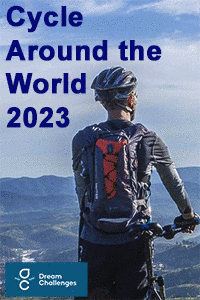Positive Health Online
Your Country

Research: ZHANG and COLLEAGUES
Listed in Issue 178
Abstract
ZHANG and COLLEAGUES, Department of Community and Family Medicine, School of Public Health, Chinese University of Hong Kong, Hong Kong SAR, People's Republic of China studied the relation between vegetable and fruit intake and breast cancer risk in a hospital-based case-control study conducted in Guangdong, China.
Background
The effect of vegetable and fruit consumption on breast cancer risk is controversial. We examined the association between vegetable and fruit intake and breast cancer risk in a hospital-based case-control study conducted in Guangdong, China.
Methodology
Four hundred and thirty-eight cases were frequency matched to 438 controls by age (5-year interval) and residence (rural/urban). Dietary intake was assessed by face-to-face interviews using a validated food frequency questionnaire. Multivariate logistic regression was used to estimate the odds ratios (ORs) and 95% confidence interval (CI) after adjusting for various potential confounders.
Results
Total vegetable and fruit intake was found to be inversely associated with breast cancer risk. The ORs of the highest quartile relative to the lowest quartile of total vegetable and fruit intake were 0.28 (95% CI 0.18-0.43) and 0.53 (95% CI 0.34-0.82), respectively. Consumption of individual vegetable and fruit groups such as dark green leafy vegetables, cruciferous vegetables, carrots and tomatoes, banana, watermelon/papaya/cantaloupe were all inversely and significantly related with breast cancer risk. An inverse association was also observed for vitamin A, carotene, vitamin C, vitamin E, and fibre intake.
Conclusion
These data indicate that greater intake of vegetables and fruits is associated with a decreased risk of breast cancer among Chinese women residing in Guangdong.
References
Zhang CX, Ho SC, Chen YM, Fu JH, Cheng SZ and Lin FY. Greater vegetable and fruit intake is associated with a lower risk of breast cancer among Chinese women. International Journal of Cancer. 125(1):181-8. Jul 1



